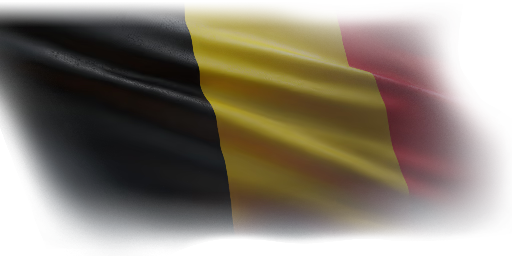
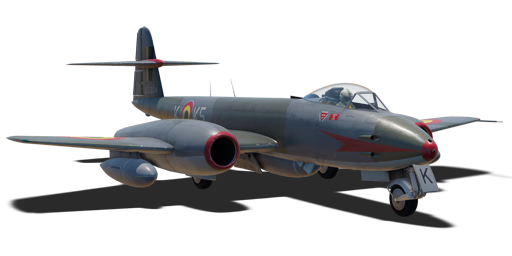



The Meteor F Mk.8 (France) is a French jet fighter. It was introduced in Update "Seek & Destroy".
Belgium built a fleet of around 240 Meteor F Mk.8 jet fighters, starting with an order of around thirty aircraft from Gloster Aircraft Company in 1949. A larger batch of Meteors was then ordered from production lines in the Netherlands, built by Fokker. Following the completion of that order, Fairey subsidiary Avions Fairey constructed around seventy aircraft locally in Gosselies, Belgium. These aircraft would constitute a large part of Belgium's jet fighter fleet and served until 1963.
This aircraft's camoflage represents Meteor F Mk.8 'EG224' of the Belgian Air Force, currently on display at the Royal Museum of the Armed Forces and Military History in Brussels, Belgium.
flaps
flaps
flaps
brake
| Belt | Belt filling | Armor penetration (mm) at a distance: | |||||
|---|---|---|---|---|---|---|---|
| 10 m | 100 m | 500 m | 1000 m | 1500 m | 2000 m | ||
| HEI/SAP-I/T | 21 | 19 | 14 | 9 | 5 | 4 | |
| AP-T/HEI/SAP-I | 36 | 33 | 24 | 15 | 10 | 7 | |
| SAP-I/HEI/AP-T/HEI/SAP-I | 36 | 33 | 24 | 15 | 10 | 7 | |
| AP-T/HEI/T | 36 | 33 | 24 | 15 | 10 | 7 | |
| AP-T/SAP-I/HEI/AP-T | 36 | 33 | 24 | 15 | 10 | 7 | |
| HEI/SAP-I | 22 | 20 | 14 | 9 | 6 | 4 | |
| Name | Weight | Slot | ||||||
|---|---|---|---|---|---|---|---|---|
| 4 × | 172.4 kg | 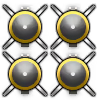 |  | |||||
| External tank (100 gal.) | 40 kg | 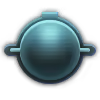 | ||||||
| External tank (180 gal.) | 40 kg | 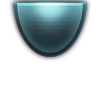 | ||||||
| External tank (100 gal.) | 50 kg |  | ||||||












Flight performance | |
|---|---|
Survivability |
|---|
Weaponry | |
|---|---|